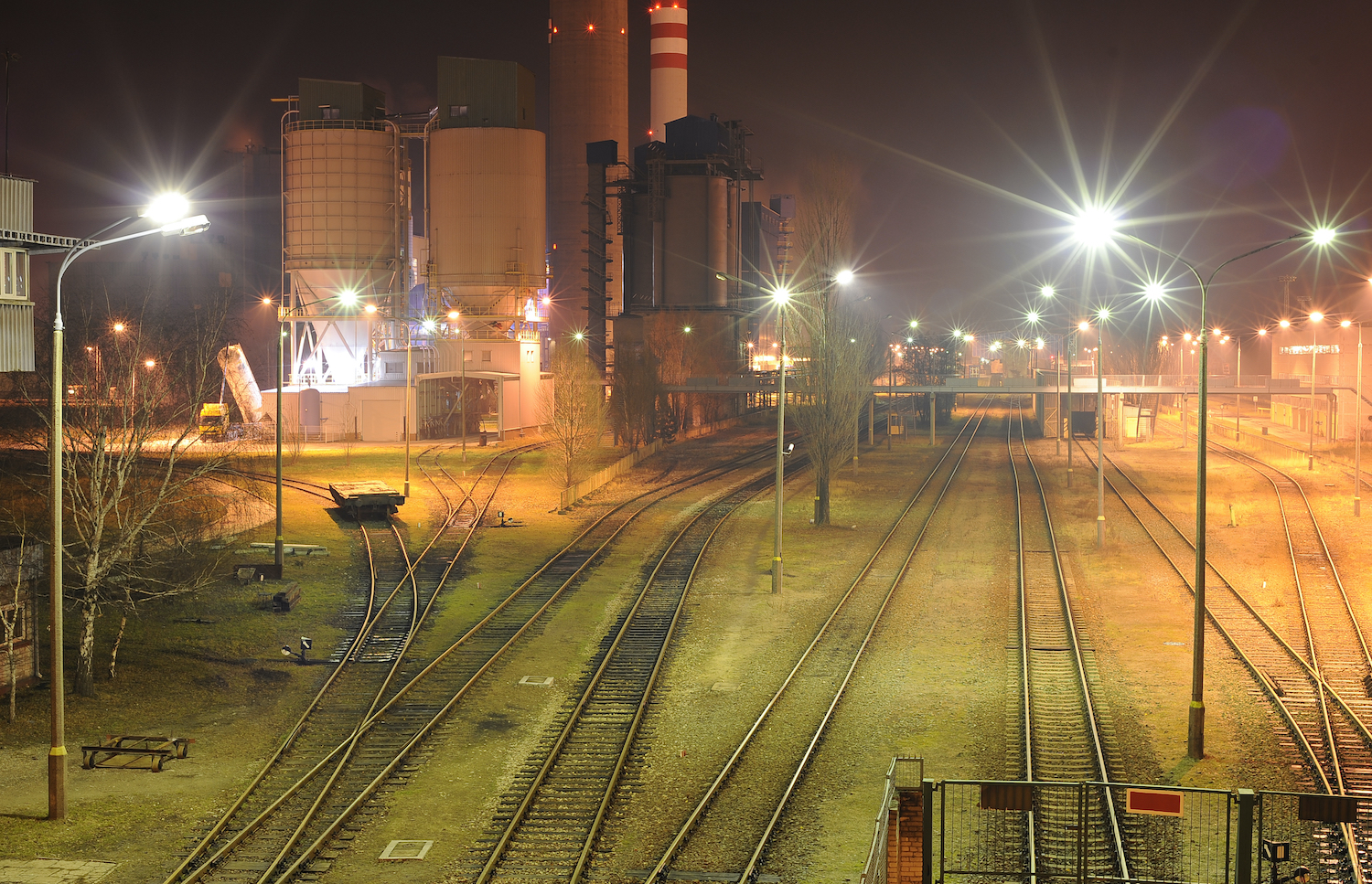ImpactAlpha, Oct. 16 – The International Energy Agency’s annual ‘gold standard’ World Energy Outlook, used by policymakers, investors and business leaders, was published this week. What set energy wonks buzzing is the inclusion, for the first time, of a ‘Net-Zero’ scenario for 2050, and a roadmap for what needs to happen to get there.
But the IEA’s scenarios are still too conservative, says Kingsmill Bond of CarbonTracker. Even oil giant’s BP’s updated scenarios are more realistic.
CarbonTracker last year helped organize investors and scientists to send a letter to the IEA’s Fatih Birol urging the agency to produce more realistic and ambitious scenarios that keep warming below 2 degrees celsius from pre-industrial levels, as the Paris Agreement calls for.
The IEA has heeded those calls with this year’s forecast. It dropped an “unrealistic” baseline scenario and now focused on a ‘stated policies’ scenario, or STEPS, that models announced commitments and efforts. The scenario gives the benefit of the doubt to pledges and policies, such as the ‘nationally determined contributions’ submitted under the Paris Agreement. STEPS assumes an economic recovery kicks in next year; a variation forecasts the effects of a delayed recovery on energy demand.
The IEA’s other main scenario, a sustainable development scenario, or “SDS,” assumes “a near-term surge of investment in clean energy technologies over the next ten years” that gets closer to meeting Paris goals.
Bond credits the IEA with acknowledging “that we hit peak fossil fuel demand in 2019” in three of the four scenarios. And this year’s report recognizes the scale of the energy transition underway. But even its sustainable scenarios are not aggressive enough, Bond says. Solar costs are falling, and deployment rising, faster than the IEA projects.
His point: Setting an even more aggressive strategy would make the Net-Zero scenario seem modest, not radical.
ImpactAlpha tapped Bond to help dissect the 400+ page World Energy Outlook – and makes suggestions for revision.
Underestimating solar growth. The IEA declared solar energy the “king of renewable energy.” That was partly driven by a more accurate calculation of its average lifetime costs, known as levelized cost of energy, or LCOE in industry jargon, which IEA now says are half of what it calculated in 2019. Still, the IEA’s ‘STEPS’ scenario only increases forecast 2040 solar capacity by 16% from last year’s forecasts, notes Bond.
The nuance: The IEA relies on a “value-adjusted” version of LCOE known as VALCOE that dings solar for its intermittency with big unexplained cost jumps in the future. The use of the measure favors fossil fuel-generated energy. “The detailed assumptions behind this black box are not explained,” says Bond. The IEA “has no credibility when looking into the future of solar costs and deployment.”
Overestimating solar costs. Solar costs have been steeply dropping by 18% a year since 2010. IEA forecasts a massive slow-down in the rate of cost declines to just 2% a year in the period to 2040, notes Bond. “This is simply not credible,” says Bond, pointing to the work of Doyne Farmer at Oxford University that suggests that the cost declines of renewable energy technologies are very consistent.
Underestimating solar deployments. The overstating of costs leads to an understating of demand in IEA’s scenarios. “The compound annual growth rate (CAGR) of solar in the 2019-2040 period is just 9%,” notes Bond, “for a technology that is growing at 20% a year.”
China wildcard. In September, China’s President Xi Jinping surprised world leaders by committing to net-zero by 2060. That is not incorporated into the IEA’s baseline ‘STEPS’ scenario. “This is not unreasonable as the announcement from President Xi was only recent,” says Bond, “but it highlights the point that the ‘SDS’ scenario is likely to be a more realistic view of the future than the ‘STEPS.’”
The future is closer than you think. “IEA’s sustainable development scenario is still presented as a very ambitious – and thus unlikely – scenario,” says Bond. For example, the Outlook notes that solar installations would need to increase from 108 GW in 2019 to 280 GW in 2030 under the sustainable scenario, casting that as an ambitious target. Yet, it represents just a 9% compound annual growth rate, says Bond, far lower than the 20% to 25% rates solar has enjoyed in the past.
Fanciful fossil fuel pricing. The STEPS scenario presents a “super-bullish” pricing environment for oil incumbents, says Bond. The baseline forecasts oil prices in 2040 at $85 per barrel. (BP, by contrast, dropped its long term oil price assumptions from an average of $75 a barrel to $55 through 2050). The IEA’s price assumptions are “totally fanciful in light of the falling price of renewable alternatives,” says Bond.
Looking ahead. The Stated Policies, or STEPS scenario, is a reflection of where we are headed under business-as-usual. It is less useful for markets, which value what is likely. The sustainable development scenario, or SDS, is closer to reality, as financial markets and key governments recognize, says Bond. “It’s time to make this the central scenario.”











